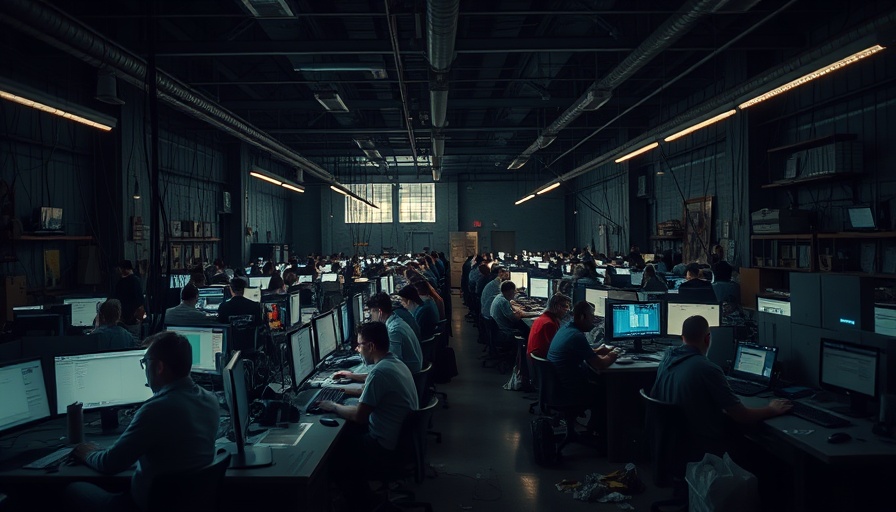
Understanding the Exploitation of Designers in the Gig Economy
In an age where freelancing seems to promise freedom and creativity, many designers find themselves trapped in a web of exploitation. Platforms like Fiverr and Upwork have gained immense popularity, yet they foster a cutthroat environment that diminishes the value of design work. Designers often compete against amateurs willing to work for a fraction of the cost, turning professional skills into an undervalued commodity. It’s a troubling paradox because, while these platforms offer unprecedented access to clients, they also promote a race to the bottom. If designers want to reclaim their worth, it’s crucial to recognize the underlying issues of the gig economy.
This Isn’t Just About Pricing—It’s About Respect
The core issue extends beyond just low wages; it's about respect for the craft. Designers pour their heart and soul into their work—nurturing ideas over countless late nights and honing skills through rigorous practice. The stark contrast between quality and price is often overlooked. As clients chase the lowest bids, the expertise and experience of seasoned professionals fall by the wayside. This creates a culture where designers feel compelled to undercharge or compromise on quality, fostering resentment and burnout.
The Illusion of Freedom in Freelancing
Freelance design is frequently painted as a gilded path lined with opportunities—set your hours, choose your clients, and work from anywhere. However, in practice, it's often more like a continuous grind. Hustling for jobs becomes a full-time job in itself, filled with uncertainty and fierce competition. Each proposal submitted feels like a lottery ticket with no guarantee of return. The supposed freedom becomes a hamster wheel of chasing low-paying gigs simply for the chance to compete, leading many designers to question whether they’re actually “free” at all.
Hidden Costs of Popular Freelance Platforms
As designers seek work on platforms that claim to empower them, they often find that the fees imposed by these sites are staggering. For example, while the platforms pocket a substantial percentage of each project fee, they simultaneously encourage designers to undercut their rates—rewarding those who bid the least. This critical practice not only diminishes income but steadily erodes the industry's standards. What’s left is a marketplace flooded with low-quality work that leaves clients disillusioned, and seasoned designers out of work.
Strategies Designers Can Use to Reclaim Value
On an upward trajectory to reclaim their worth and dignity, designers can take actionable steps to combat exploitation. First, it’s essential to establish a strong personal brand. When designers market their unique skills and experiences, they can attract clients who value quality over price. Second, communication is key. Clients need to understand the process behind quality design, from concept to execution. Lastly, networking within the design community can provide support and shared resources, helping to uplift one another and foster a healthier work environment.
As challenging as the landscape may seem, there’s hope. The movement towards valuing quality design can gain momentum. Through strategic branding, client education, and communal support, designers can turn the tide against the exploitation rampant in the gig economy.
If you’re a designer feeling the weight of these challenges, it’s time to take action. Advocate for fair pricing, educate clients on the true value of your work, and connect with fellow designers who share your vision. Together, we can reshape the industry landscape into one where creativity and expertise are respected.
 Add Row
Add Row  Add
Add 




Write A Comment